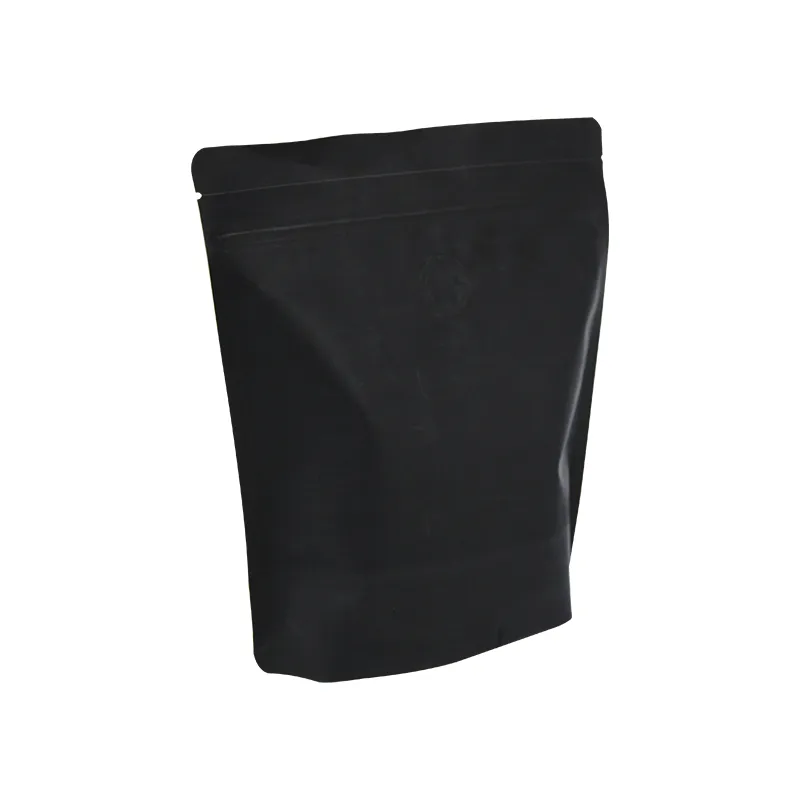- Afrikaans
- Albanian
- Amharic
- Arabic
- Armenian
- Azerbaijani
- Basque
- Belarusian
- Bengali
- Bosnian
- Bulgarian
- Catalan
- Cebuano
- chinese_simplified
- chinese_traditional
- Corsican
- Croatian
- Czech
- Danish
- Dutch
- English
- Esperanto
- Estonian
- Finnish
- French
- Frisian
- Galician
- Georgian
- German
- Greek
- Gujarati
- haitian_creole
- hausa
- hawaiian
- Hebrew
- Hindi
- Miao
- Hungarian
- Icelandic
- igbo
- Indonesian
- irish
- Italian
- Japanese
- Javanese
- Kannada
- kazakh
- Khmer
- Rwandese
- Korean
- Kurdish
- Kyrgyz
- Lao
- Latin
- Latvian
- Lithuanian
- Luxembourgish
- Macedonian
- Malgashi
- Malay
- Malayalam
- Maltese
- Maori
- Marathi
- Mongolian
- Myanmar
- Nepali
- Norwegian
- Norwegian
- Occitan
- Pashto
- Persian
- Polish
- Portuguese
- Punjabi
- Romanian
- Russian
- Samoan
- scottish-gaelic
- Serbian
- Sesotho
- Shona
- Sindhi
- Sinhala
- Slovak
- Slovenian
- Somali
- Spanish
- Sundanese
- Swahili
- Swedish
- Tagalog
- Tajik
- Tamil
- Tatar
- Telugu
- Thai
- Turkish
- Turkmen
- Ukrainian
- Urdu
- Uighur
- Uzbek
- Vietnamese
- Welsh
- Bantu
- Yiddish
- Yoruba
- Zulu
cookie bag design
The Art of Cookie Bag Design A Sweet Experience
In the world of baked goods, packaging plays a crucial role in attracting customers and enhancing the overall brand experience. A cookie bag is often the first point of contact between the consumer and the product, making its design an essential component in the marketing strategy of bakeries and cookie brands. The right cookie bag design not only captures the essence of the cookies within but also reflects the brand’s identity and values.
Visual Appeal
The visual elements of a cookie bag design are paramount. Aesthetically pleasing designs with bright colors, enticing images, and creative typography can draw the eye of potential customers. Incorporating images of the cookies itself can create an immediate connection to the product, evoking a sense of hunger and desire. For instance, showcasing a decadent chocolate chip cookie oozing with melted chocolate can tempt even the most disciplined cookie lover.
Moreover, the use of color psychology should not be overlooked. Warm colors like reds and yellows can evoke feelings of happiness and excitement, while cooler tones like blues and greens can convey freshness and quality. A cookie bag design is an opportunity to communicate the flavors and ingredients of the cookies inside, with colors that reflect the taste and vibe of the treat.
Material Matter
The choice of material for cookie bags is another critical aspect of design. Kraft paper bags exude a rustic charm that appeals to consumers looking for organic or homemade products, while glossy plastic bags can suggest a more polished, professional product. Eco-friendly materials are increasingly popular, as consumers become more environmentally conscious. Utilizing biodegradable or recyclable materials not only enhances the brand’s reputation but also attracts a demographic that prioritizes sustainability.
cookie bag design

The bag’s shape and size are also significant. Stand-up pouches provide ample display space and give a modern feel, while classic flat bags evoke nostalgia. The size should be tailored to the product – for example, individual bags for single cookies or larger bags for assortments. Each design choice contributes to the overall consumer experience, enhancing usability and visual appeal.
Branding and Storytelling
A well-designed cookie bag serves not just as packaging but also as a canvas for storytelling. Each brand has a different narrative, whether it’s a family recipe passed down through generations or a modern twist on a classic treat. Incorporating elements of this story into the bag design can create an emotional connection with consumers. Utilizing brand colors, logos, and catchy taglines reinforces brand identity and encourages customer loyalty.
For example, a bakery that prides itself on using local ingredients could highlight that story on the packaging, alongside images of local farms or the baking process. This strategy not only informs potential customers but engages them on a deeper level, appealing to their values and preferences.
Conclusion
In conclusion, cookie bag design is a multifaceted art that encompasses visual appeal, material choice, and branding. The perfect cookie bag does more than just hold sweet treats; it embodies the brand's essence, tells a story, and enhances customer experience. As the market continues to evolve, investing in impactful and thoughtful cookie bag design remains essential for any cookie brand looking to stand out in a crowded marketplace. Ultimately, a well-designed cookie bag creates a lasting impression, inviting consumers to not just taste the cookies but also feel a connection with the brand that made them.













